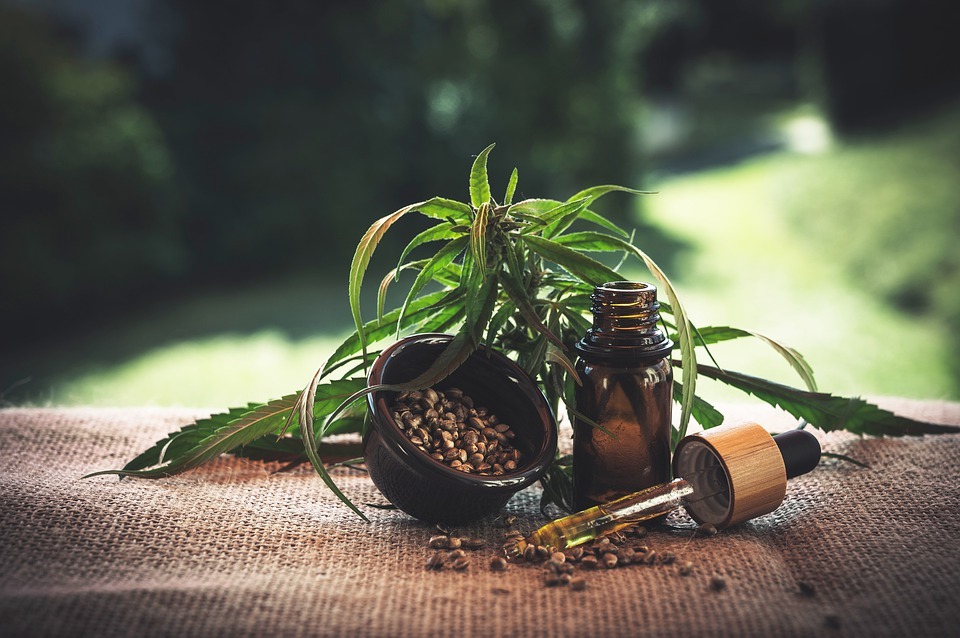Many business owners are starting to pay more attention to how they can grow hemp for the industrialization of CBD. This recent trend began after the Farm Bill that legalized hemp was passed in 2018.
The multifaceted health benefits of hemp, otherwise known as CBD, is the most obvious reason why there is such a huge demand for CBD products around the world. Hence, making it one of the largest industries on the planet.
In this post, we will take a quick look at the process of harvesting and aerating hemp in manufacturing CBD.
Harvesting hemp
Many experts consider this stage to be an important process of manufacturing CBD products. The value of the floral biomass of hemp drops significantly whenever there is mildew or mold present. Hence, the significance of harvesting your hemp on time.
There are a few cues that indicate that your hemp is ready for harvest. One of them involves a change of color in the hemp trichome. You should begin harvesting your hemp if you notice a change in the color of its trichomes — especially when it begins changing to milk as they are typically white.
We recommend that you test your hemp farm for CBD content as often as you can as this can also be a guide to letting you know the best time to harvest. Besides, you will need to conduct several tests that include THC level tests to comply with the legal demands in most countries. You can learn more about harvesting hemp at Cannaflower.
Although testing CBD, THC, terpenes, molds, mildews, and heavy metals all cost close to $300, you should know that the ROI is worth it. For instance, you will yield close to 100 pounds of CBD oil when you harvest 10000 lbs. of biomass on a ten-acre hemp farm with 7% CBD content over 6% CBD content. Today, CBD oil costs up to $5 per gram and a pound contains 454 grams. Hence, a 100 pounds gain of CBD oil could yield returns as high as $2,000,000.
You should also pay attention to the weather as it is a good indicator of when to reap your hemp. Typically, you should reap your hemp during the hurricane season.
Preserving and drying hemp
The first step to take immediately after your harvest is transporting the floral biomass to the facility you have dedicated for drying it. It could be a warehouse or a barn. You should ensure that your facility is ventilated, free from direct sunlight, and has a roof. You will also need to install fans in your drying facility and power them to blow regularly. We cannot overemphasis the significance of proper ventilation within your facility.
The proper temperature for drying hemp is between 60 and 70 degrees F with humidity as high as 60%. Experts advise against aerating hemp in a temperature that is similar to that required to cure tobacco infected with flu. The reason for this is that the temperature will be too high and may cause your hemp to dry faster than it should for optimum CBD industrialization.

